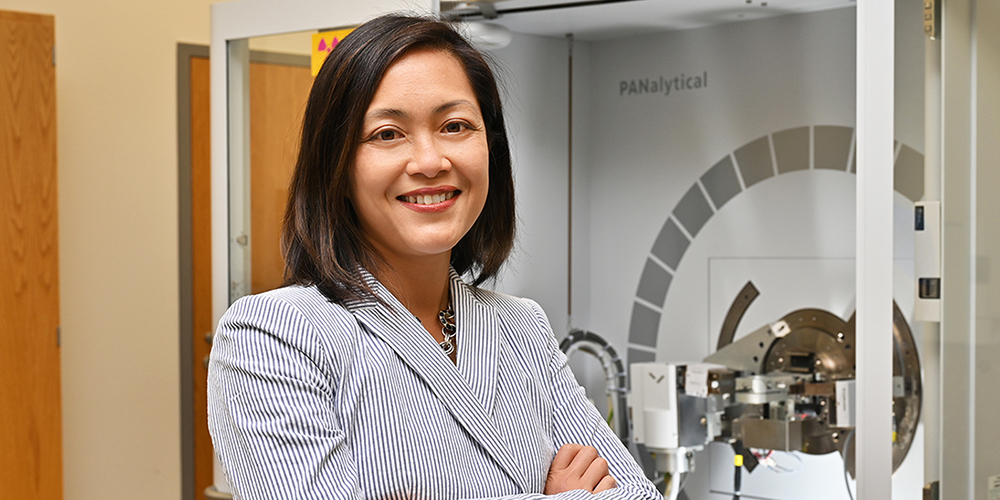NSF funds research on sulphide and oxysulphide perovskites

$250,000 grant will address challenge of controlling semiconducting behaviour while maintaining stability
Robin Macaluso, associate professor of chemistry and biochemistry at the University of Texas at Arlington, has received a two-year, $250,000 grant from the National Science Foundation’s (NSF) Division of Materials Research to fund research on oxysulphide perovskites for photocatalytic and photovoltaic applications.
The study will focus on establishing a method to create synthetic versions of sulphide and oxysulphide perovskites.
Oxide perovskites are the most well-known and common perovskites because they are stable and generally composed of highly abundant elements. But they are not typically semiconductors. The primary challenge is to control semiconducting behaviour while maintaining the stability and use of abundant, non-toxic elements, Macaluso said.
“This project is interesting because we’re trying to combine oxygen and sulphur with the metal and make new materials called metal oxysulphides,” Macaluso said. “One major limitation of some conventional perovskites is that they cannot efficiently absorb and store solar energy. The motivation for synthesising sulphide and oxysulphide perovskites is to establish stable inorganic materials with improved efficiency. Hopefully we can use these to make new semiconducting materials that are stable so we can utilise them in more applications or make them so they can be exposed to more humidity or warmer or colder temperatures.”
This is a relatively new and emerging area of research, Macaluso said. Scientists do not have a set protocol for how to make these materials, and there are very few mixed anion materials.
Fred MacDonnell, professor and chair of the UTA Department of Chemistry and Biochemistry, said Macaluso’s NSF-funded project has the potential to provide substantial improvements in the semiconductor field.
“One of the challenges we face as scientists is finding ways to make energy sources more efficient and cost-effective,” MacDonnell said. “The research Macaluso and her students conduct in this project could bring about much-improved stability and energy storage capability in the compounds with which they’re working.”


































